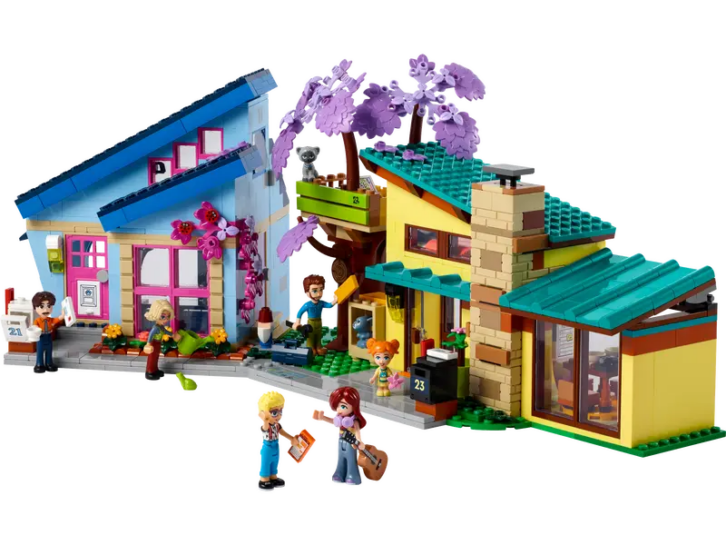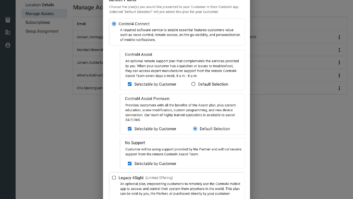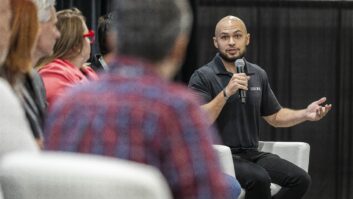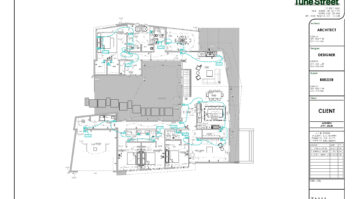Over the holiday break I got a chance to spend some quality time with my family. The days between Christmas and New Year’s Day lacked (mercifully) many scheduled activities. We ate, drank, built puzzles, played games, and generally enjoyed each other’s company.
One of my missions before the holidays began focused on manufacturing a crisis that would force my youngest daughter to spend a little quality time with her Daddy. I ended up spending more than I planned on a bunch of tiny plastic bricks to achieve my goal. The Lego Olly and Paisley’s Family Houses appeared up to the task with its 1126 pieces. “This should take at least three days to assemble,” I thought (naively) to myself.

My daughter opened her presents Christmas morning and began assembling the kit almost immediately. “Can I help?” I asked. “I’m okay,” she replied. I sat down on the floor anyway, hoping for a gap where I could feign usefulness. I saw my in.
The instructions lay on the floor in a two-page spread format. I saw her working the left side of the guide and thought I could help by gathering pieces for her and beginning to assemble whatever I could on the right side of the manual. This worked out pretty well. I couldn’t help noticing how well laid out each step was with simple illustrations and callouts. Lego kits are less about the finished product and much more about the building process itself. Needless to say, my anticipated three-day project ended up being completed in four hours by my daughter. What can I say? She’s a badass.
Also by Henry Clifford: Who Has the Ball?
My Daddy-daughter Lego experience made me think about Livewire. A few weeks prior to the holidays I’d been called in to look at a customer system and soothe frayed nerves. Anytime projects get to this point I’m usually more of a figurehead who is responsible for listening, apologizing, and reassuring. It’s also a great opportunity for me to learn about how our scopes of work are being delivered in the field, acting as an Internal Affairs of sorts. I looked over the project including the stack of equipment in the family room. I didn’t like what I saw and commented to our sales rep that we should make it look better. After a chance to reflect on my Lego experience with my daughter, my reaction is “better than what?”
Beyond a scope of work, a rack elevation, or connection diagram, what guide did we offer our installation team to describe what good and done looks like? Lego understands this. The box shows the finished product and the instructions are so detailed that a 10-year-old can put it all together in a matter of hours. If we’re not describing what “done” looks like visually to the client, salesperson, designer, installer, and project manager, how on earth can we measure success?
Livewire publishes sample engineering drawings on our website’s About Us section to build trust and inspire confidence in our potential customers. I think we need to take it a step further and draw out what the finished product should look like, so we all have the same proverbial “sheet of music” to read from. We’ll be working with our system design staff in the coming weeks and months to refine our offering and make our installations a little more like building a Lego set. The effort will be sure to improve customer satisfaction, employee happiness, and job profitability. Look for a follow-up blog later this year to tout the results of our efforts as we kick off 2024.
What are you doing in your business to learn from Lego?






